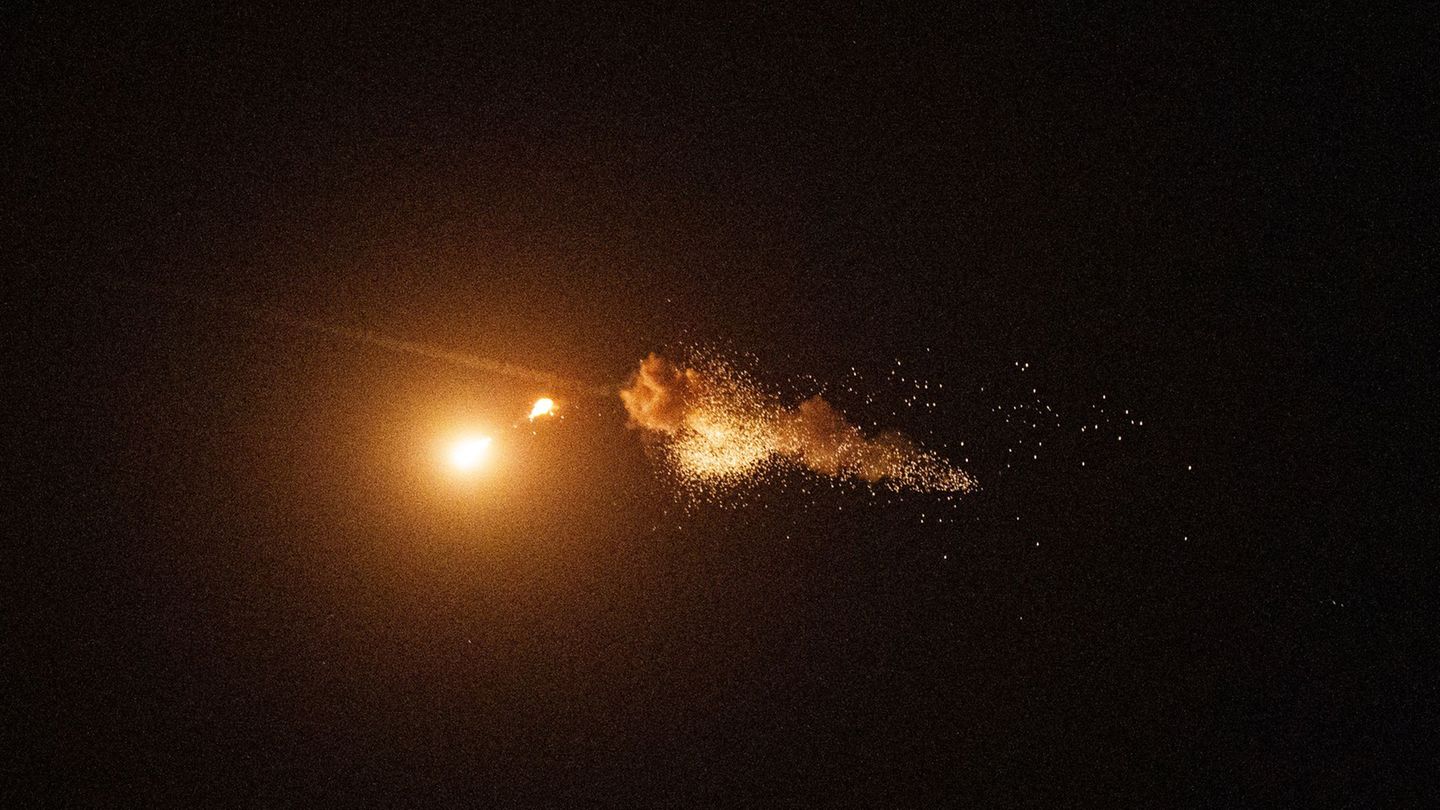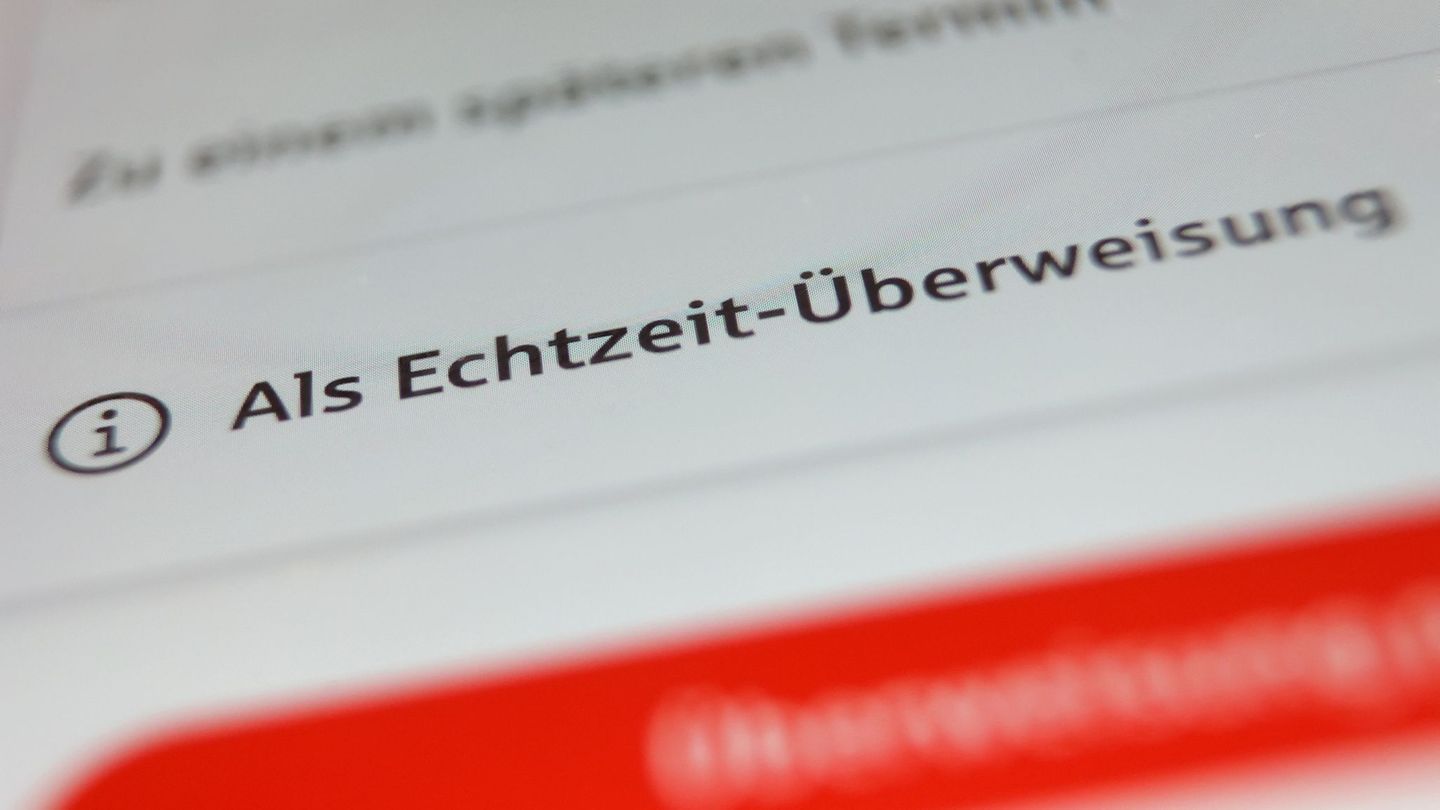Pushing renewable energy has long been the order of the day. The war in the Ukraine has made it clear how quickly the security of supply that was believed to be in jeopardy can be endangered. And the advancing climate change has long called for sustainable measures in the direction of the energy transition.
“Now is the time to take important measures in the field of renewable energy,” said Linz AG Director General Erich Haider yesterday. Because security of supply is also based on the ability to react quickly to changes.
“Maximum five years”
Linz AG is reacting to the current geopolitical development with the construction of a “heat converter” in the Linz-Mitte power plant park. The major project is to be implemented step by step from autumn of this year. Around 30 million euros will be invested in the system, in which waste heat will be converted into high-quality Linz district heating, as Haider put it.
The schedule assumes a maximum of five years. The system should then be ready for use and convert the residual heat in the exhaust gas into high-quality heat using condensation and heat pump technology. The next steps, which are now pending, are the finalization of the feasibility studies and the approval planning as well as the tender and the award of the contract for the large-scale project, said CEO Josef Siligan.


For him, district heating is a key technology in the energy revolution – a sector that Linz AG has been focusing on since the 1970s. At that time, the expansion of district heating began, which opened up the possibility of gradually dismantling natural gas pipelines and at the same time significantly improved the air situation in Linz. The proportion of district heating in the city is currently around 72 percent.
In Linz, Linz AG supplies around 79,000 apartments with district heating; with those in Traun and Leonding, this number increases to 85,400 apartments. By 2025, at least 90,000 apartments should be connected to the Linz AG district heating network. In ten years, the municipal company wants to have reached the mark of 100,000 connections.
As far as the proportion of non-fossil energy sources in the provision of district heating is concerned, this is to be increased from the current 40 percent to 60 percent by 2030 and subsequently to 80 percent by 2035.
Source: Nachrichten




